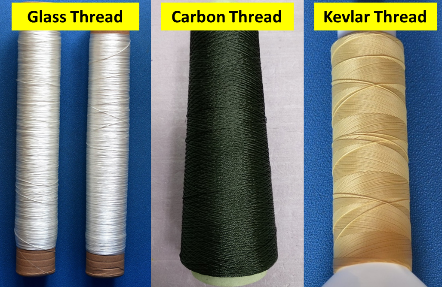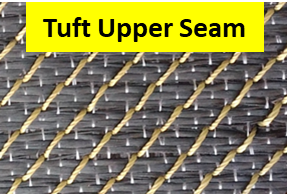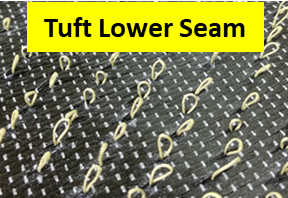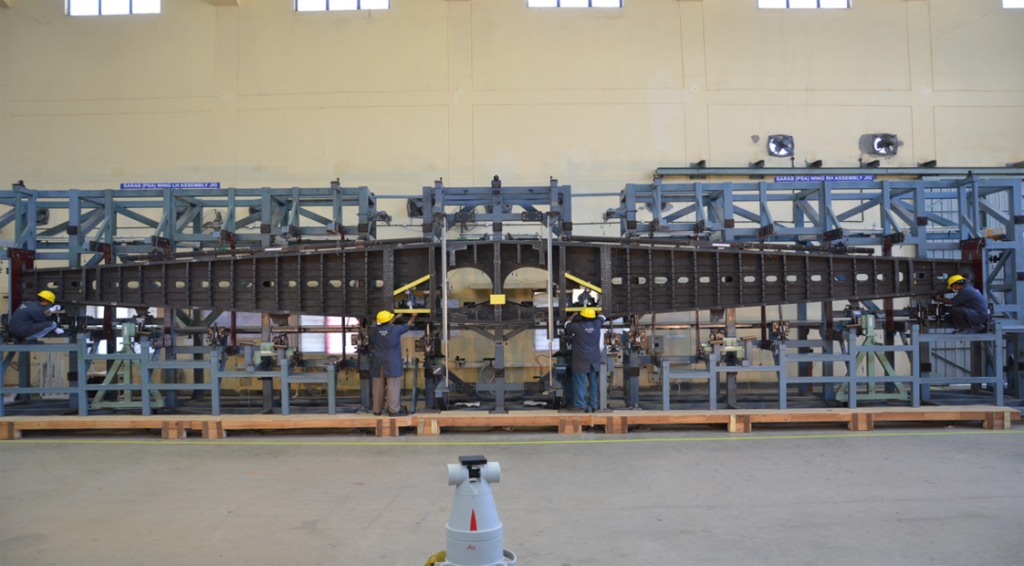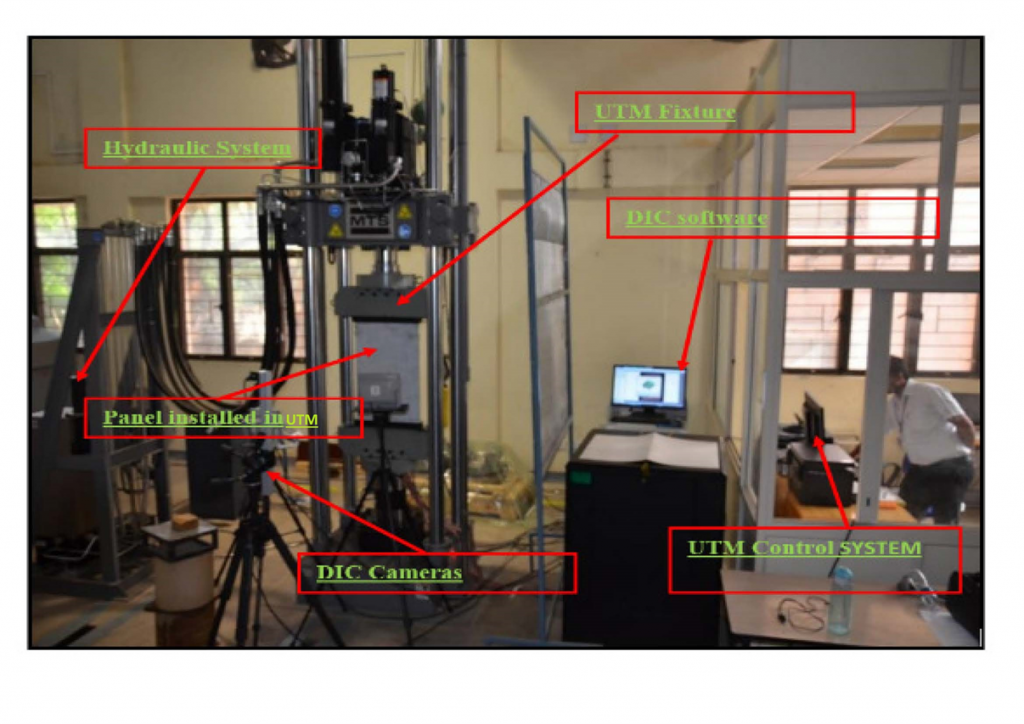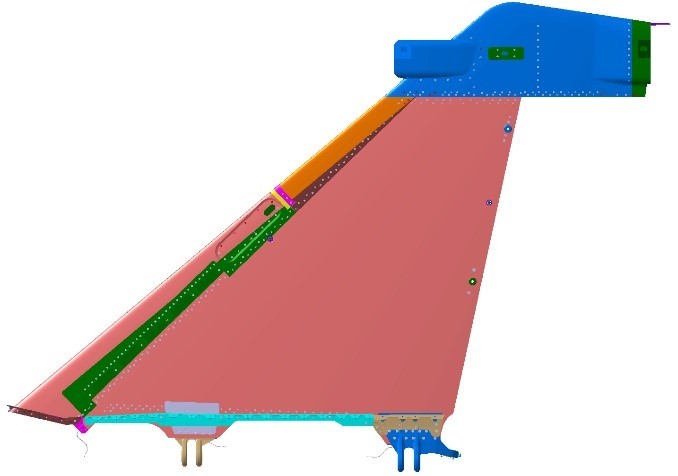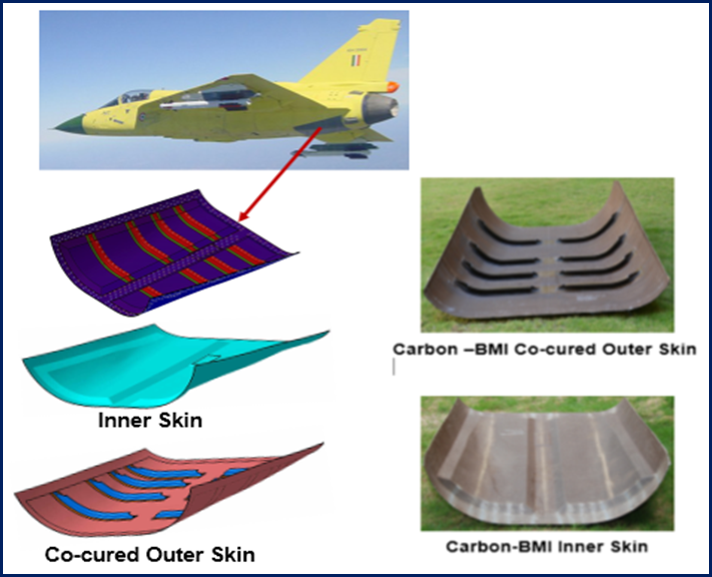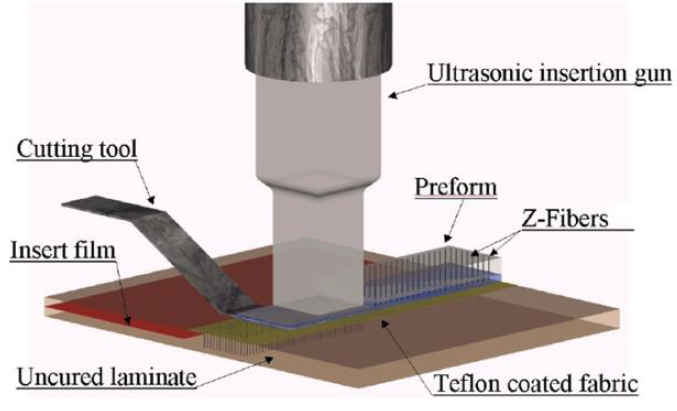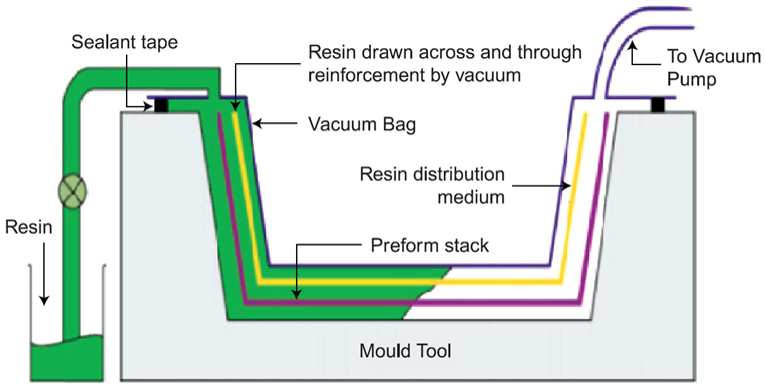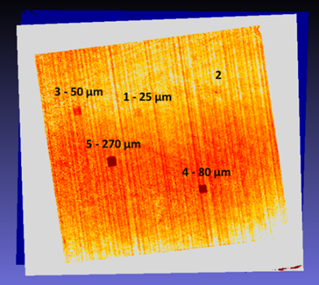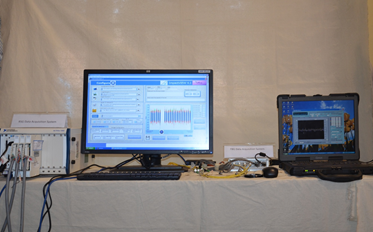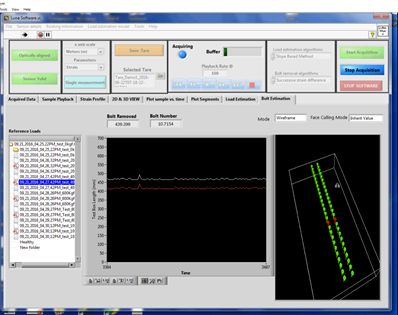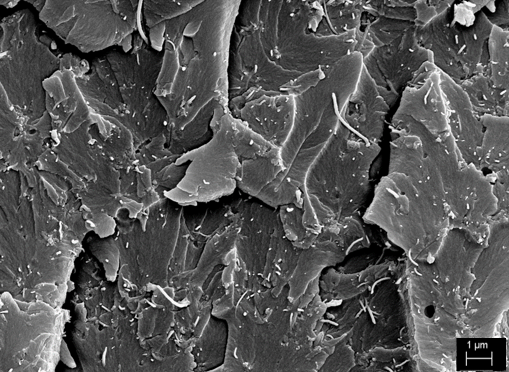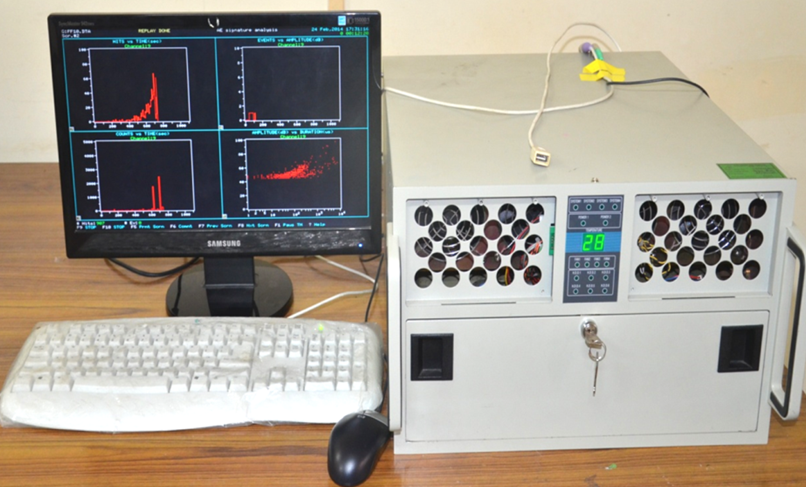
Tufting
Composites due to their laminar construction have poor out-of-plane characteristics. Researchers around the world are looking at techniques to improve the through the thickness properties to enhance damage tolerance of composites. Tufting is one such technique wherein a reinforcement in the form of twisted yarn is inserted into composite layers to improve the out-of-plane properties like delamination resistance and delamination growth of composite structures under fatigue loading. Tufting would also enhance the interface joint strength in cocured composites. Tufting uses one thread unlike stitching where two threads are used in order to reduce crimping of fibres at thread insertion point. The upper seam of tufting looks similar to stitching while the lower seam forms a loop as shown in the schematic. Tufting can performed be full depth or partial; advantage of partial tuft is that the bottom surface will be smooth devoid of loops. However partial tuft can be performed on thicker composites.
Specification:
- Tuft length: 2mm to 15mm
- Tuft angle: 45° to 135°
- Tuft velocity: up to 250 tuft/minute for 3mm pitch
- Accuracy: ±0.5mm and ±2°

|
|
||
|
|
|
|

 English
English हिन्दी
हिन्दी
